This brief blog is due to my my awe on discovering that Rosehips are not, as I’d always assumed, true fruits.
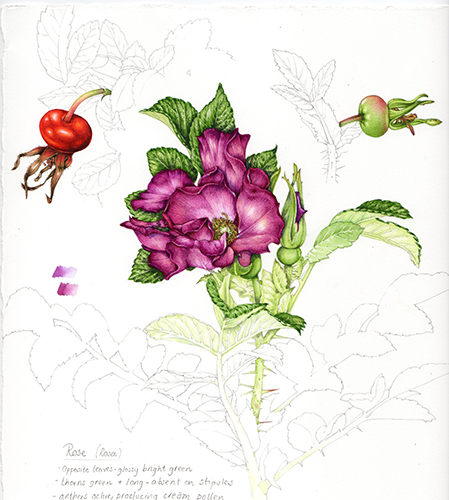
In autumn, roses produce hips. These come in a wide variety of shapes and colours, some showy and some much more discrete. The basic anatomy of all these varied rosehips is the same.
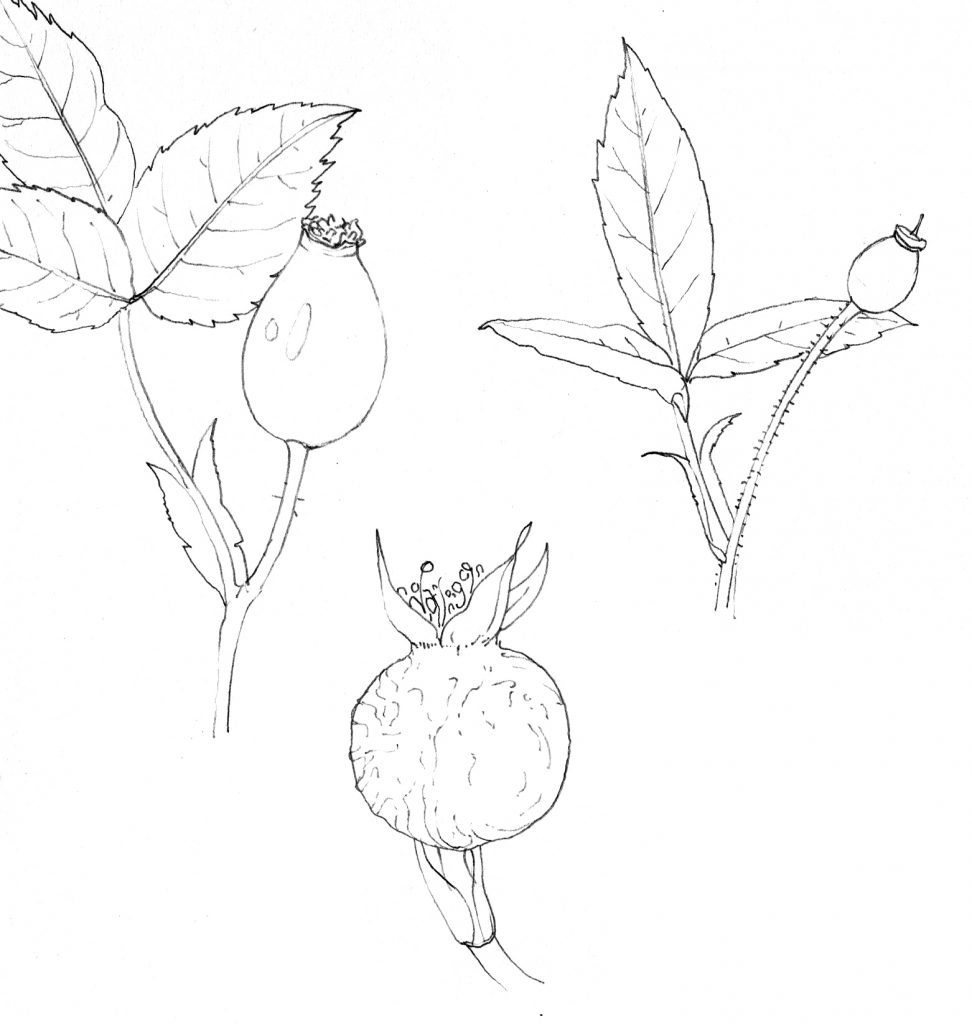
Rosehips are false fruit
The rosehip is a false fruit. Other synonyms you may have come across include pseudo-fruit, pseudocarp, and accessory fruit. This means that the fruit (or hip) does indeed contain seeds. Importantly though, it contains a lot of other tissue too. The extra tissue does not come from the ovary alone, but from tissue near the carpel. (A carpel is the female reproductive structure of a flower. It consists of the ovary, pistil, style and stigma. These may occur singly, one carpel per pistil; or several carpels may be fused together into one big ovary. This unit is also known as a pistil.)
The diagram below shows a simplified and basic cross section of a flower.
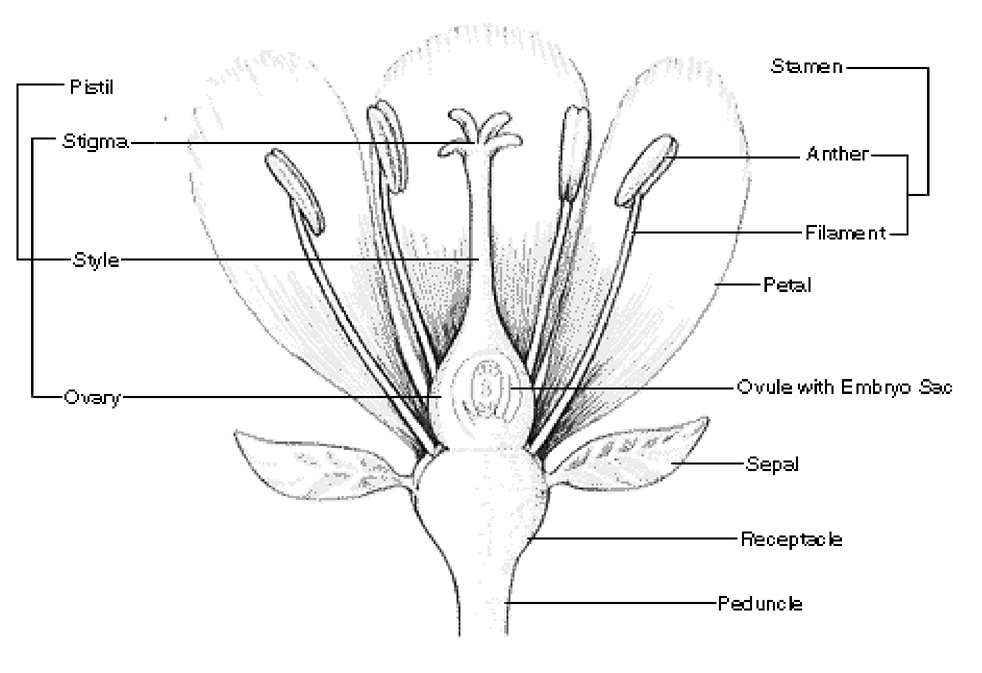
Roses are not the only plants with false fruit. Strawberries, pears, apples, pineapple and figs are all considered false fruits.
The extra tissue in a strawberry, pineapple and fig is formed from the receptacle (see the diagram above) which has become swollen as the seeds ripen. Strawberries carry their fruit on the external surface of the juicy receptacle tissue. Those little “pips” on a strawberry are actually individual fruits, bearing seed.
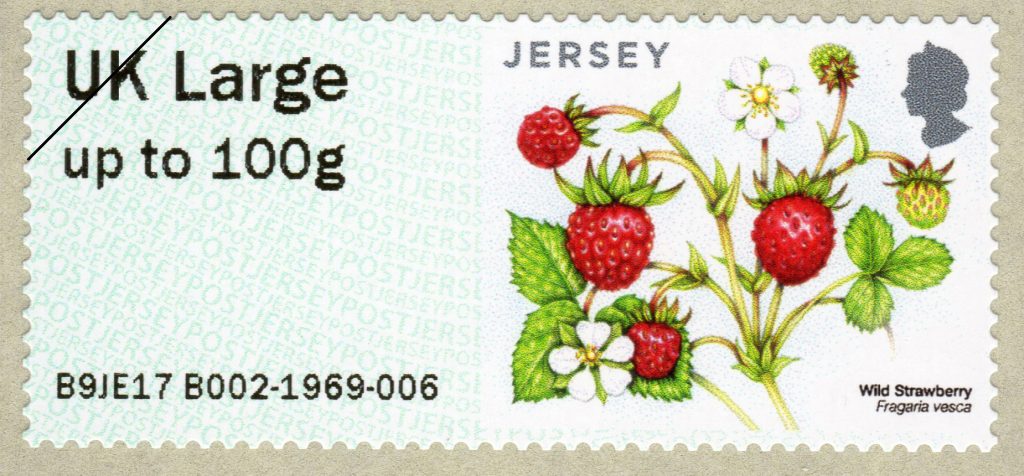
In the case of pomes like the rosehip, pear and apple the swollen tissue comes from the hypanthium.

A hypanthium is the area where the base of the calyx, corolla (petals), and stamens come together to form a tube. This is often cup-like, and can be referred to as a floral cup. The Rosaceae family (pears, roses, apples) all have these swollen hypanthium. In the case of the rose, the hypanthium is called a “hip”. For more on the Rosaceae, check out the Ohio Plants page.
You can easily see the ovary on a rose, it’s the slightly bulging green area below the petals and sepals. This is the hypanthium and, once ripe, becomes the hip.
Cutting a rosehip in half
When you slice a rosehip down the middle, you see lots of “seeds” and soft flesh. The outside of the hip is often scarlet or crimson, and the flesh attractive to animals which will eat it and thus disperse its seeds.
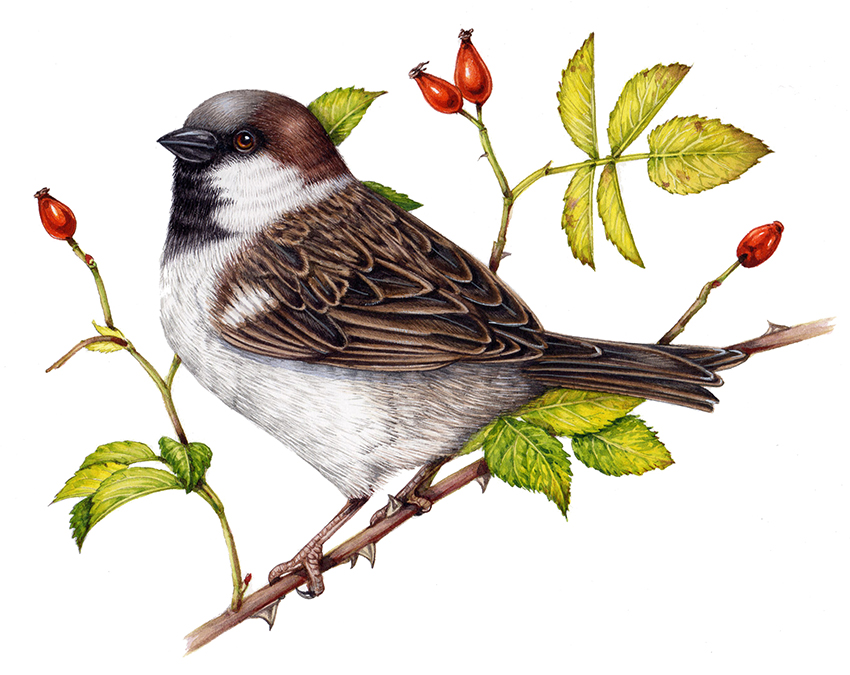
At the top of the hip, furthest from the stalk, you can see the remnants of the sepals, stamens and anthers. You can also see these on an apple, quince (below) or pear; they form the small basal star-like area.
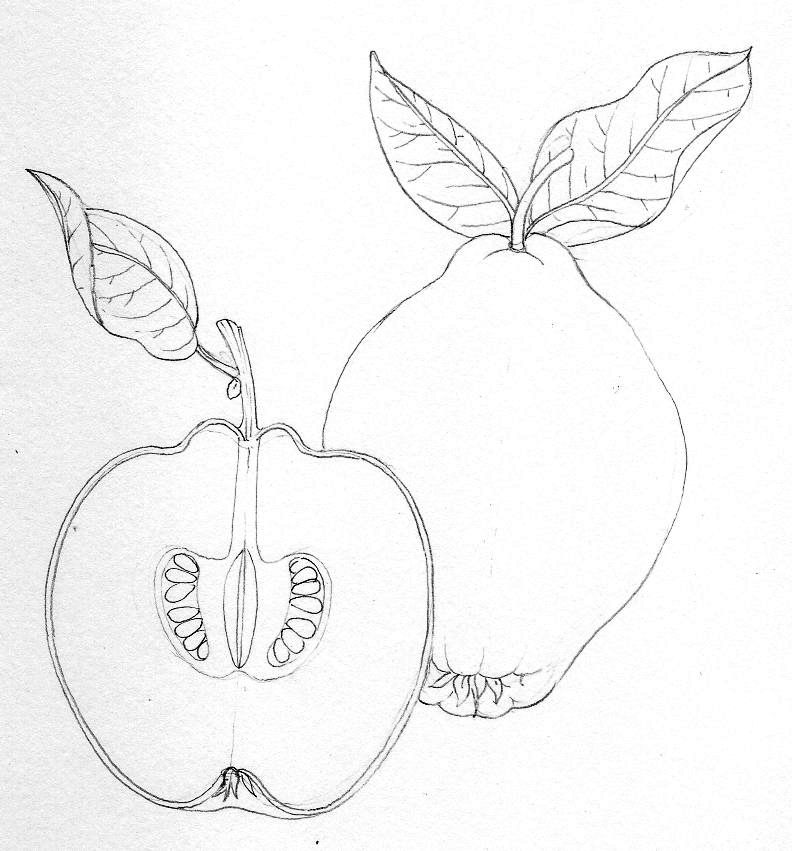
The red fleshy part of a rosehip is actually just a shell, a hypanthium. Within this, though, lurk the seeds.
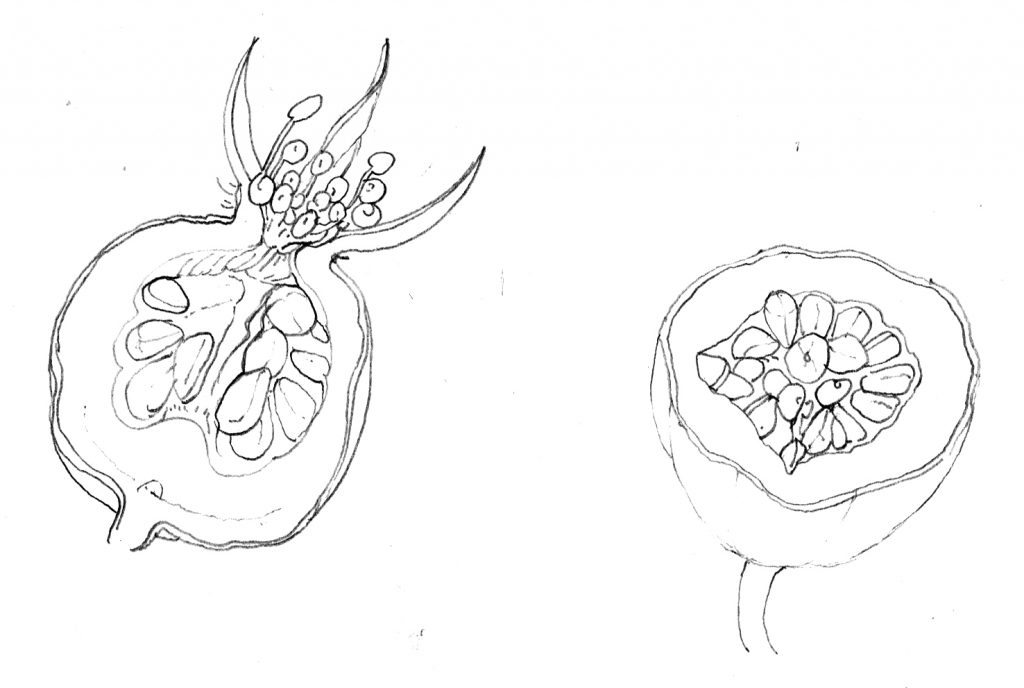
Inside the skin of the hypanthium is fleshy tissue, and areas crammed with seeds. Each of these seeds is, in fact, not a seed but a fruit, called an achene (for more on achenes check out my blog). Lots of single fruits or achenes. Inside each of these, lies a seed.
So to find the seed of a rose you need to travel through the red external skin, through the fleshy tissue, and through the achene wall of a single fruit. There, at the heart of things, sits your rose seed.
The rosehip is a perfectly designed seed-pod.
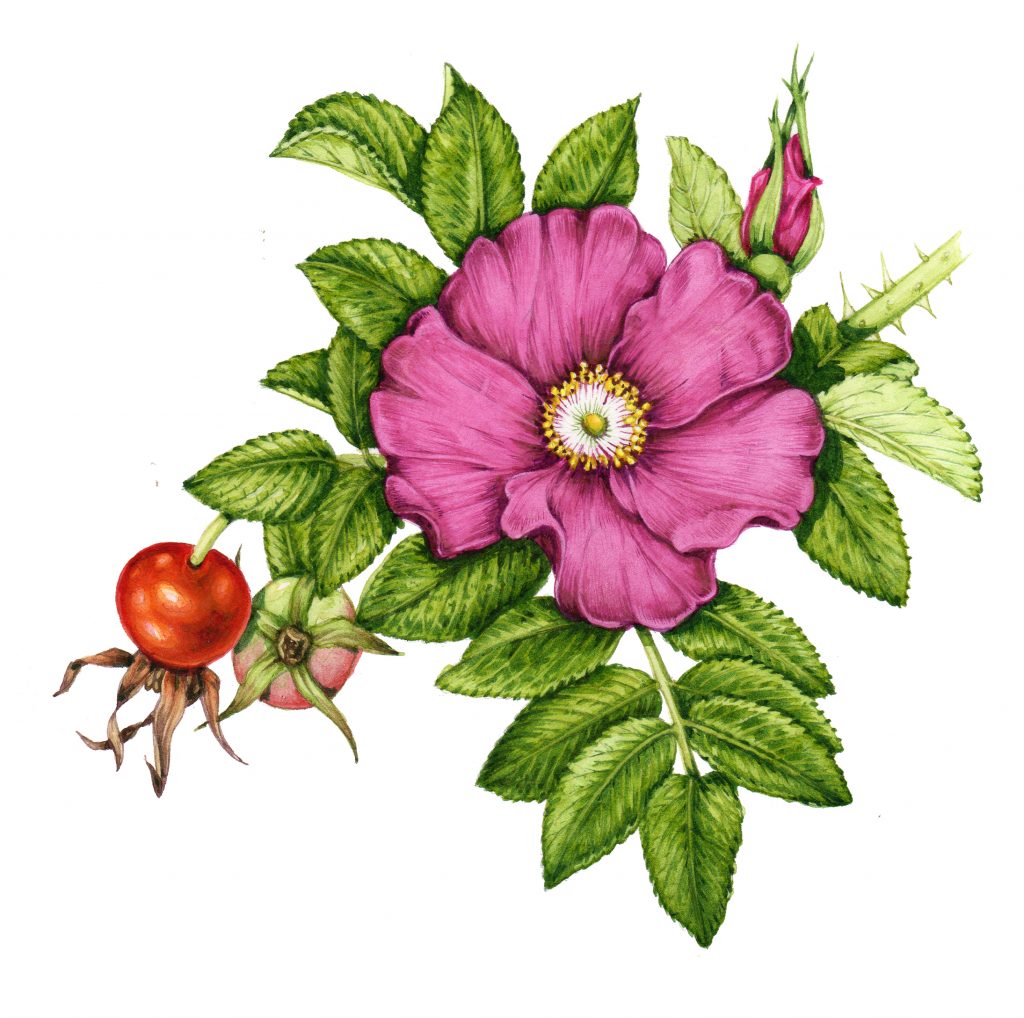
An overview of rosehips, and what to look for when you illustrate them
I created a handout explaining this anatomy, and also with a list of things to look at and consider when you do a botanical illustration of a rosehip. What shape is it? What colour? How long is its stem? Is it shiny? Is the hip solitary or borne in a cluster?
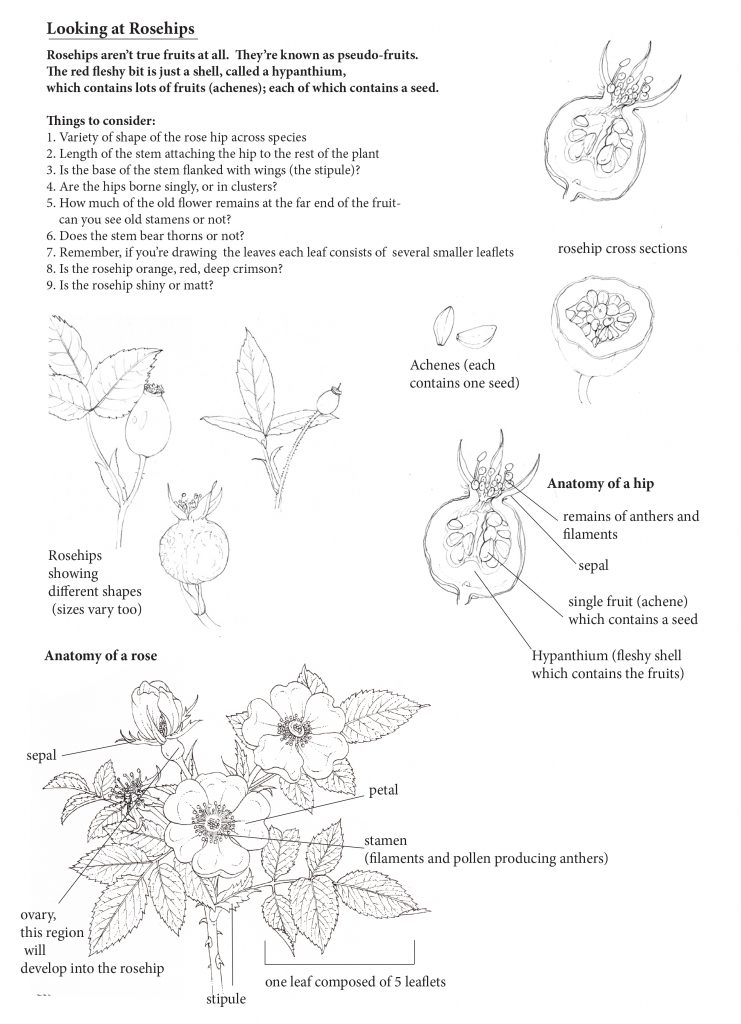
As I said, this is a brief (and slightly brutal) overview of the structure of the rosehip, nature’s perfectly designed seed container.
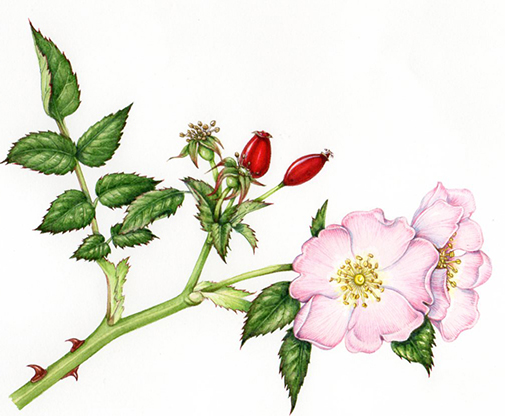
The post Botanical Illustration: Rosehips appeared first on Lizzie Harper.






